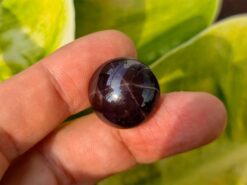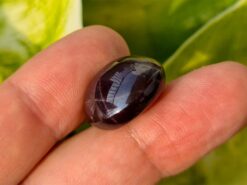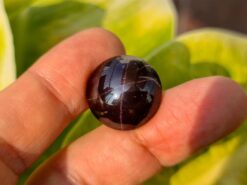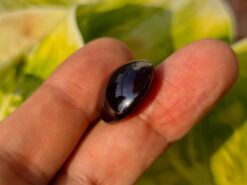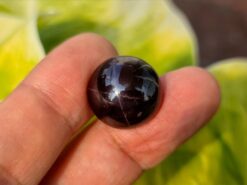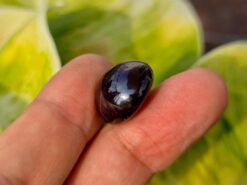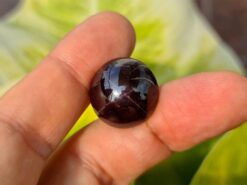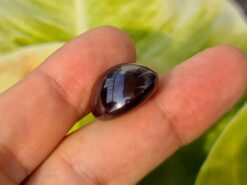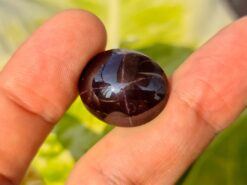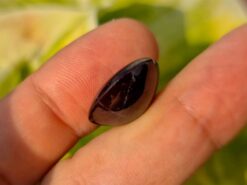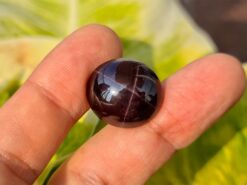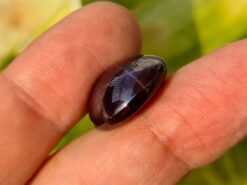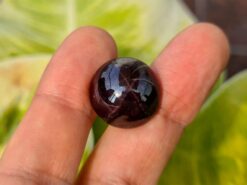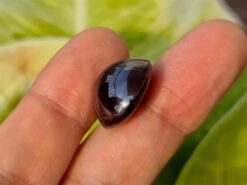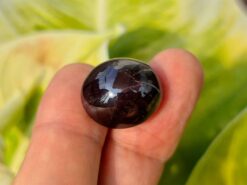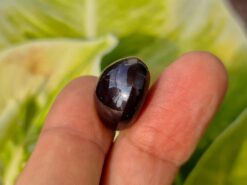Star garnet
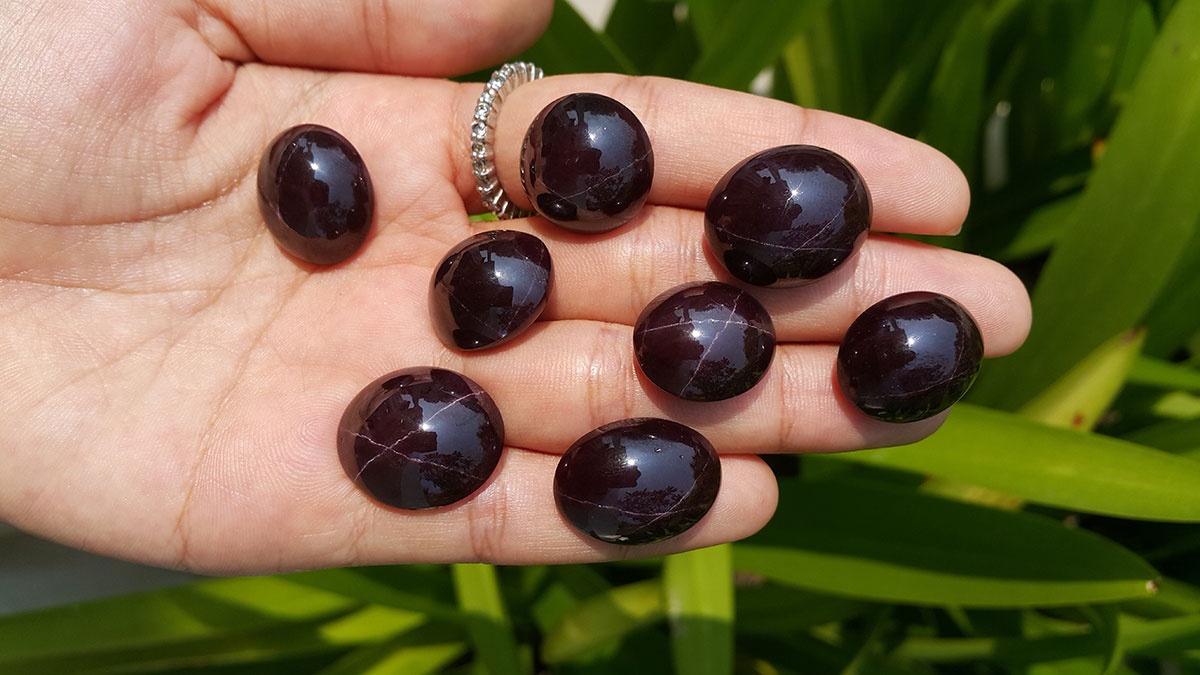
Star garnet meaning. The star garnet stone is often use in jewelry as necklace, pendant, ring, earrings, and also as rough.
Buy natural star garnet in our shop
Natural stone exhibits the optical phenomenon called asterism, a star-like pattern created on the surface of a gemstone when light encounters parallel fibrous, or needle-like, inclusions within its crystal structure. Light that strikes the inclusions within the gem reflects off of the inclusions, creating a narrow band of light.
Natural star garnets are so rare that to date they have only been found in two places in the world, in the state of Idaho in the USA and in India. The garnet varieties that occasionally exhibit asterism are almandine and a mixture of almandine and pyrope garnet.
Garnets are a group of silicate minerals that have been used since the Bronze Age as gemstones and abrasives.
All species of garnets possess similar physical properties and crystal forms, but differ in chemical composition. The different species are pyrope, almandine, spessartine, grossular (varieties of which are hessonite or cinnamon-stone and tsavorite), uvarovite and andradite. The garnets make up two solid solution series: pyrope-almandine-spessartine and uvarovite-grossular-andradite.
Properties
Garnet species can be in many colors including red, orange, yellow, green, purple, brown, blue, black, pink, and colorless, with reddish shades most common.
Natural star garnet, from India
Crystal structure
Garnets are nesosilicates having the general formula X3Y2(Si O4)3. The X site is usually occupied by divalent cations (Ca, Mg, Fe, Mn)2+ and the Y site by trivalent cations (Al, Fe, Cr)3+ in an octahedral/tetrahedral framework with [SiO4]4− occupying the tetrahedra.
We found garnetsin the dodecahedral crystal habit. It is also possible to find it in the trapezohedron habit system. They crystallize in the cubic system, having three axes that are all of equal length and perpendicular to each other. Garnets do not show cleavage, so when they fracture under stress, sharp irregular pieces are formed (conchoidal).
Hardness
Because the chemical composition of garnet varies, the atomic bonds in some species are stronger than in others. As a result, this mineral group shows a range of hardness on the Mohs scale of about 6.5 to 7.5. The harder species like almandine are often used for abrasive purposes.
Star garnet meaning
The following section is pseudo scientific and based on cultural beliefs.
Star Garnet is a gemstone with a meaning and properties of enhancing creativity. It would stimulate owner curiosity and create brand new things. This gemstone is good when you want to show your individuality. It would help grow your skills and increase your self-confidence. The gemstone can help you to become socially independent.
Star garnet under microscope
FAQ
Where can I find star garnet stone?
There are only two places in the world you can find it: India and USA. We also sale it in our shop
How much is star garnet price?
After cut and polish, It becomes an attractive burgundy colored jewel usually worth $10 to $125 a carat, depending on quality and the shop. We sale it for a good price. Don’t miss it
Do garnets have stars?
Garnets are common stones, found worldwide in metamorphic rocks. Few, however, are formed of gem quality. Rarest of all are garnets with an asterism, a star-shaped image that appears when they are held up to a light.
Where are star garnets found?
Star garnets are extremely rare. India and Idaho are the two most famous stone localities and the only places where they have been produced in commercial quantities. Small amounts of gems have also been found in Russia, Brazil, and North Carolina.
What is the hardness of star garnet?
Star garnets have a hardness of 7.5. Refractive index of 1.72 – 1.94. Crystal system is isometric, rhombic dodecahedra or cubic.
Natural star garnet for sale in our gem shop
We make custom made star garnet jewelry as engagement rings, necklaces, stud earrings, bracelets, pendants… Please contact us for a quote.

